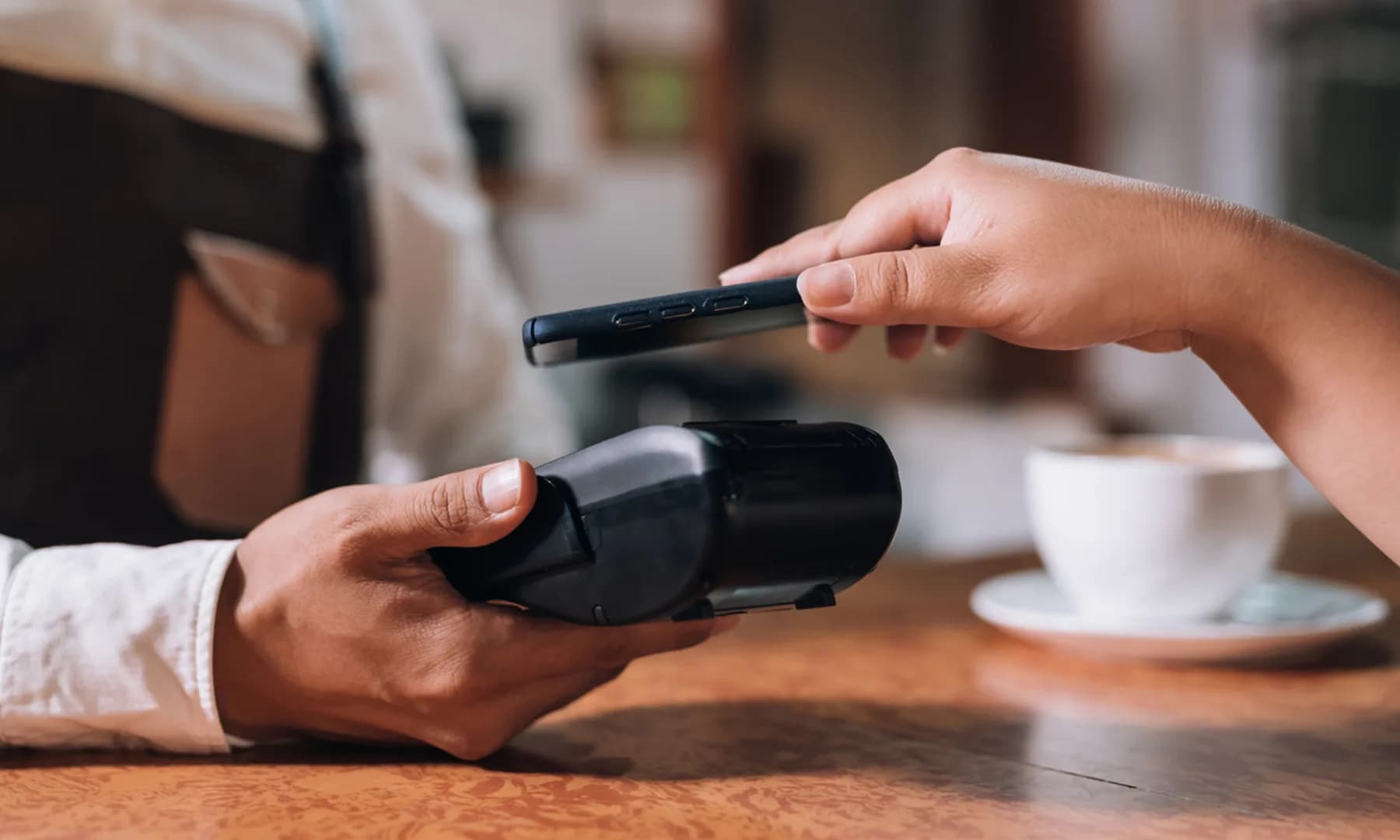Around the world, Mobile payment has become very common among users to the level where cash has almost stopped circulating. Multiple E-wallets got developed with different features and functionalities. They all share the same objective: they have better management, security, and, above all, independence from physical money.
Digital payments are no longer a captive bank business, as fintech has burst onto the scene. The phenomenon of decentralized payments and e-wallets launched with power and – according to industry experts – seems limitless.
Let’s look at some facts:
- EThe E-wallets market in the US is $943 million, and the experts expect it to grow to 26.7% by 2030.
- In Latin America, more than 75% of people are cashless or have stopped using cash this March.
- In Argentina, digital payment rates jumped in 2022, and e-wallets became the second most used method by users, which means that online payment methods will grow to 32.4 % by 2025.
The outlook for business expansion is easy to see, dizzying, and encouraging. As the use of digital payments increases, so does the traceability of business transactions, which means greater financial inclusion.
Nowadays, e-wallets offer a wide range of services, from payments or money transfers to more specific options such as taking out insurance, borrowing money, or investing in mutual funds or cryptocurrencies.
Undoubtedly, the democratization of the service increases the accessibility of a public that historically was outside the system, reduces bureaucracy, and minimizes costs. Today, the challenge of digital wallets is to convince those who never thought of their financial life outside a physical entity.
However, it won’t be hard to include them in the ecosystem. We all agree that life is more fun without waiting in lines and being able to solve financial issues from a single place and doing a single tap. It is not only convenient but necessary, comfortable, and safer.



